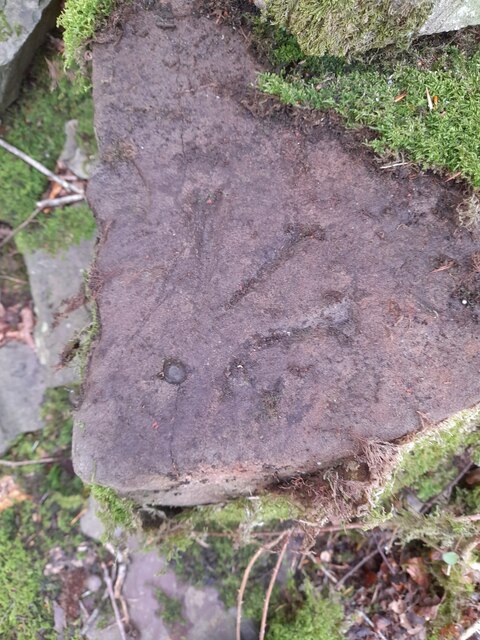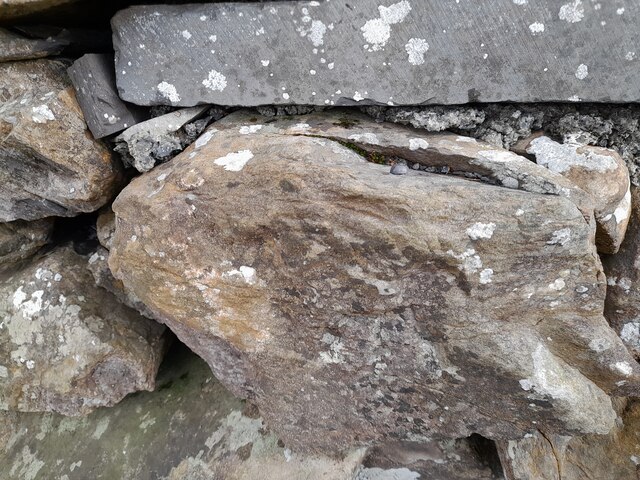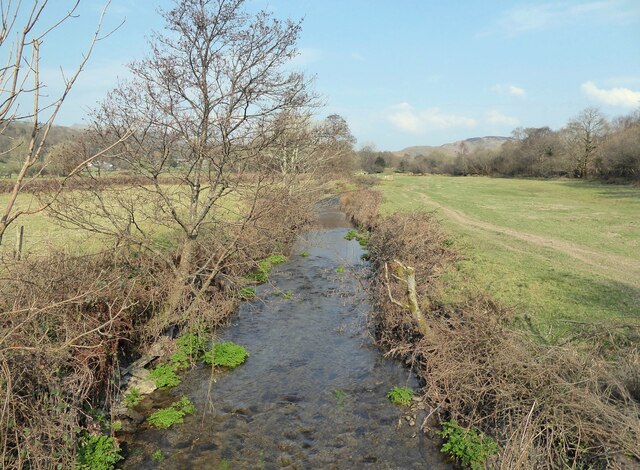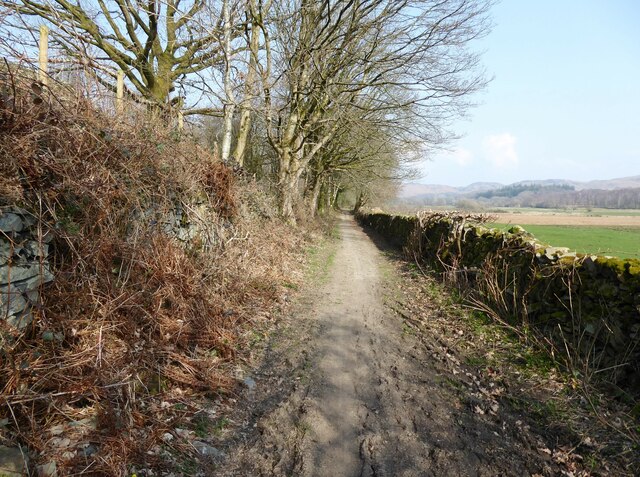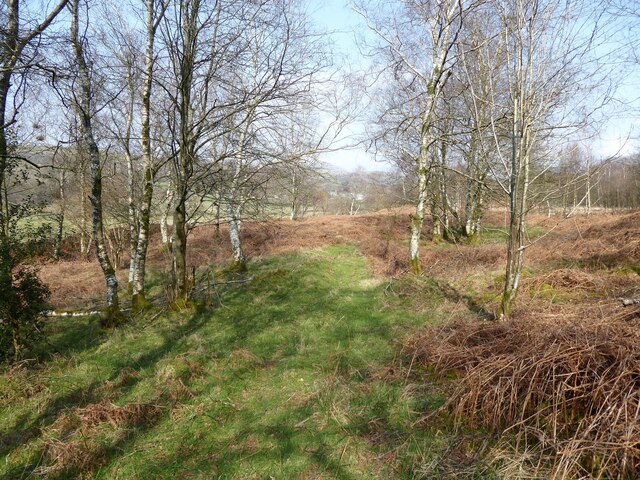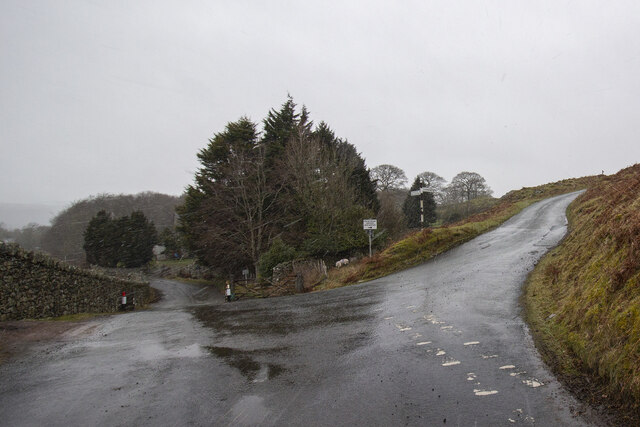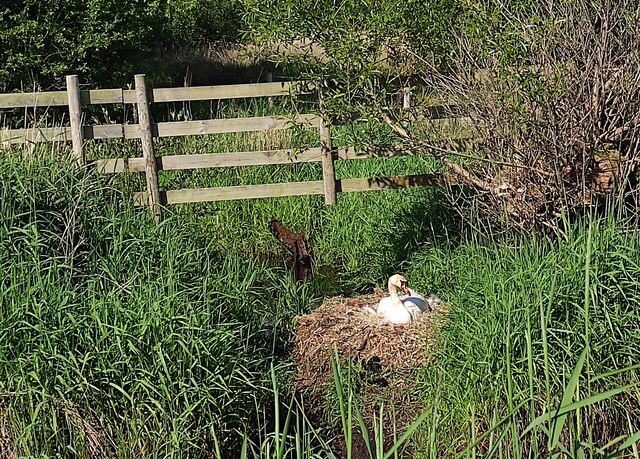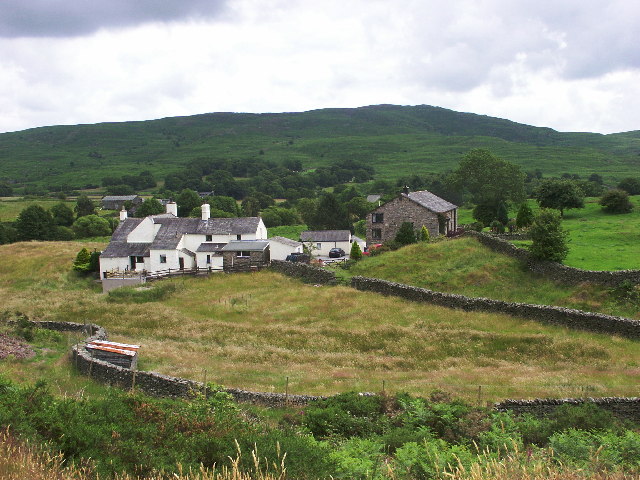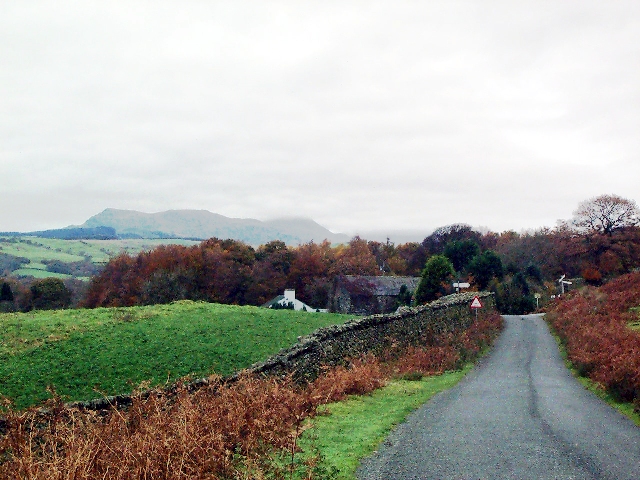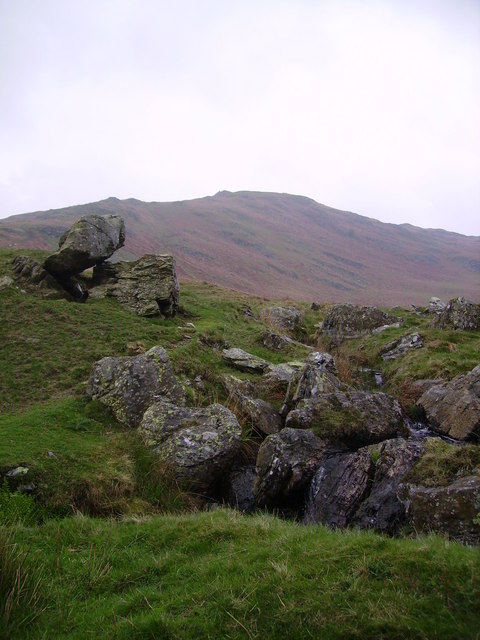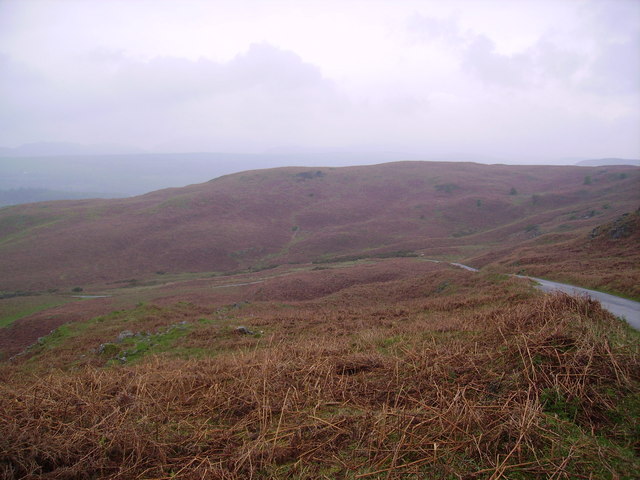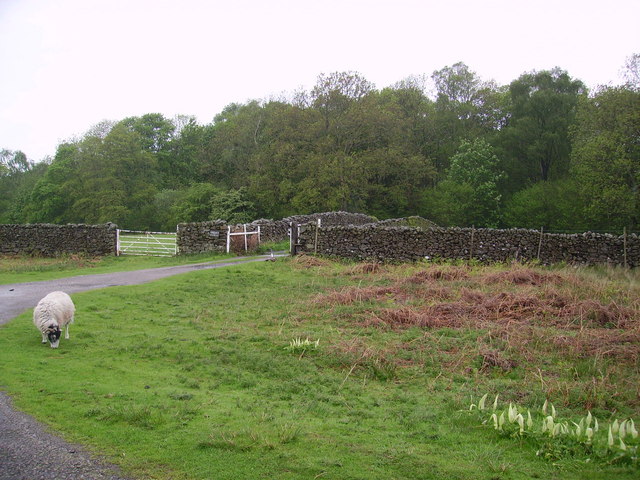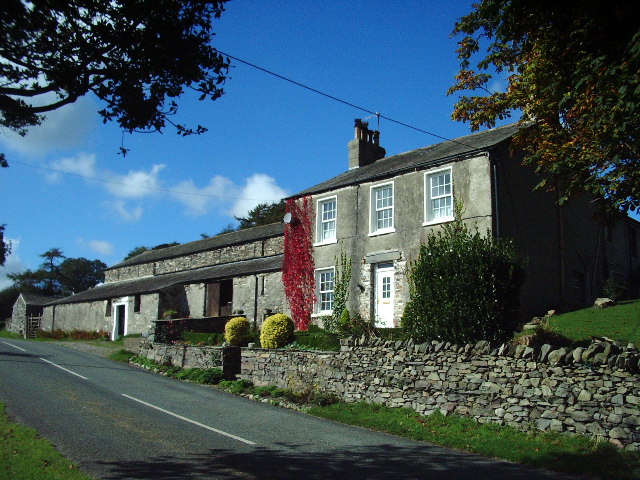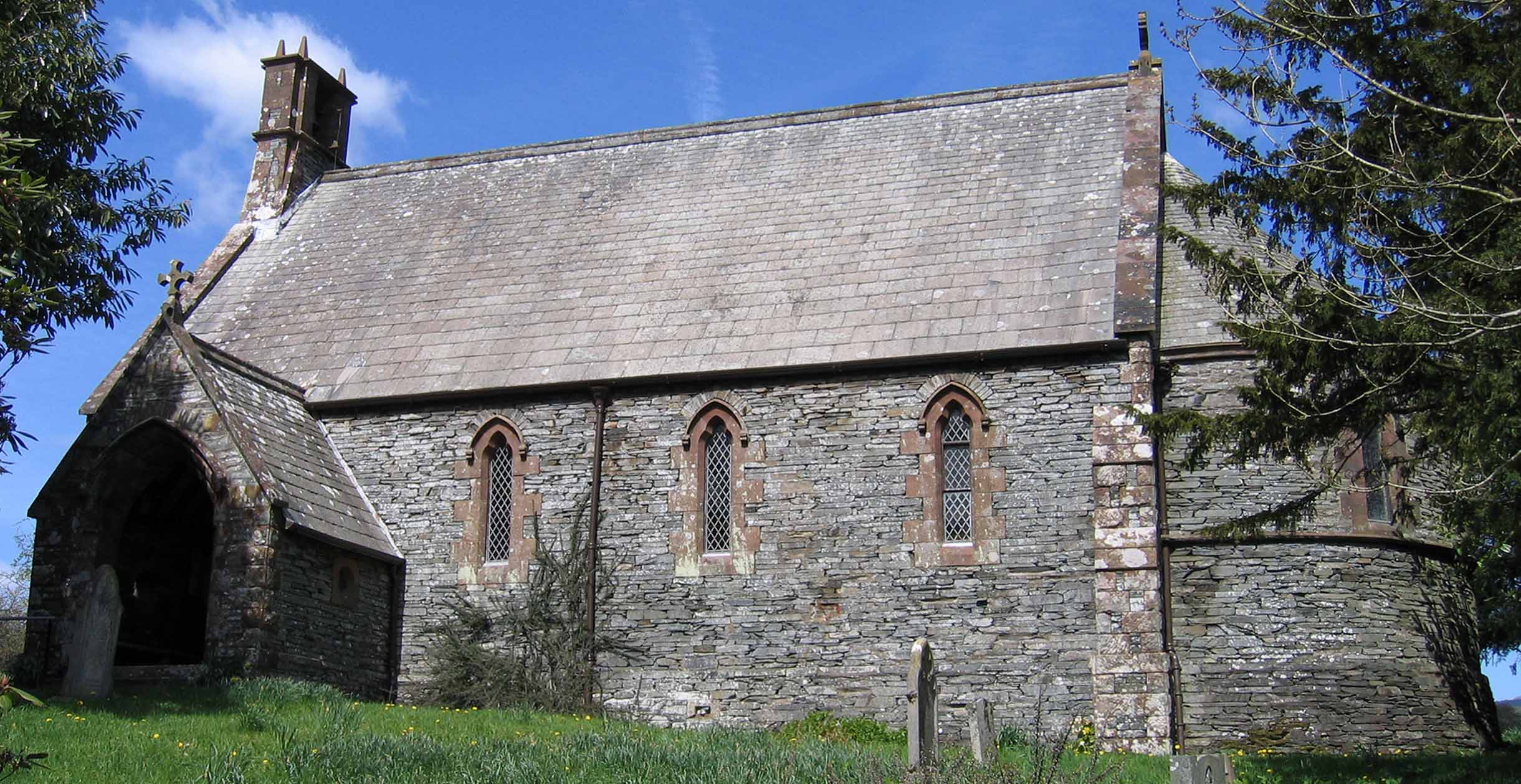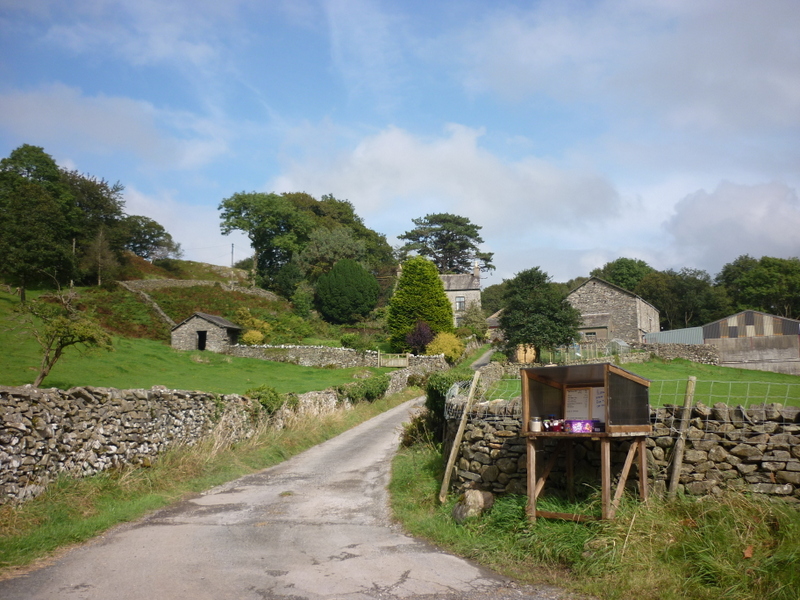Woodland
Downs, Moorland in Lancashire South Lakeland
England
Woodland
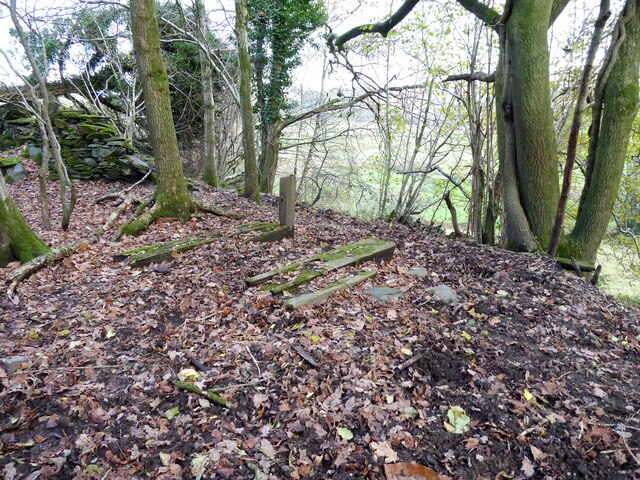
Woodland, Lancashire is a picturesque village located in the northwest of England. Situated in the county of Lancashire, it is surrounded by stunning countryside, including downs and moorland, which makes it an attractive destination for nature enthusiasts and hikers alike.
The village itself is small, with a population of around 1,000 residents. It is characterized by its charming stone houses and well-maintained gardens, giving it a quintessential English village feel. The community is close-knit, with a friendly and welcoming atmosphere that is often associated with rural villages.
Woodland is blessed with an abundance of natural beauty. The downs surrounding the village offer breathtaking views of the rolling hills and meadows, providing a tranquil escape from the hustle and bustle of city life. Moorland areas nearby are home to a variety of wildlife, including birds, sheep, and deer, making it a popular spot for birdwatching and wildlife enthusiasts.
The village has a rich history, with evidence of human habitation dating back to the Roman era. Several archaeological sites, such as Roman roads and burial mounds, can be found in the area, adding to its historical significance.
Despite its small size, Woodland boasts a few amenities for its residents and visitors. There is a village pub that serves traditional English food and ale, as well as a small convenience store for everyday needs. However, for more extensive shopping and entertainment options, residents often travel to nearby towns.
Overall, Woodland, Lancashire is a charming village that offers a peaceful and idyllic lifestyle surrounded by stunning natural landscapes.
If you have any feedback on the listing, please let us know in the comments section below.
Woodland Images
Images are sourced within 2km of 54.290959/-3.1642698 or Grid Reference SD2488. Thanks to Geograph Open Source API. All images are credited.

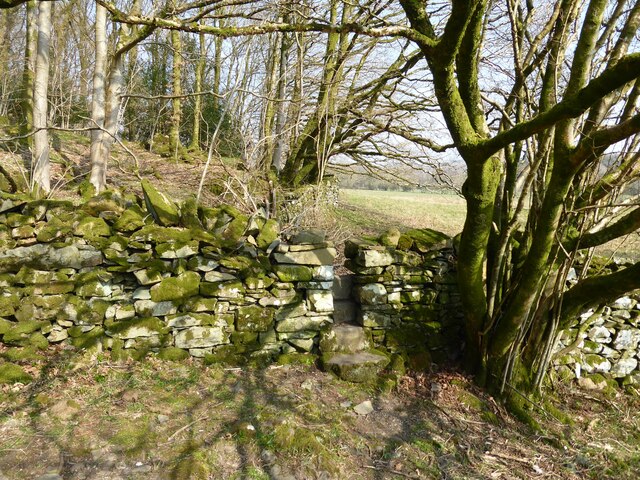
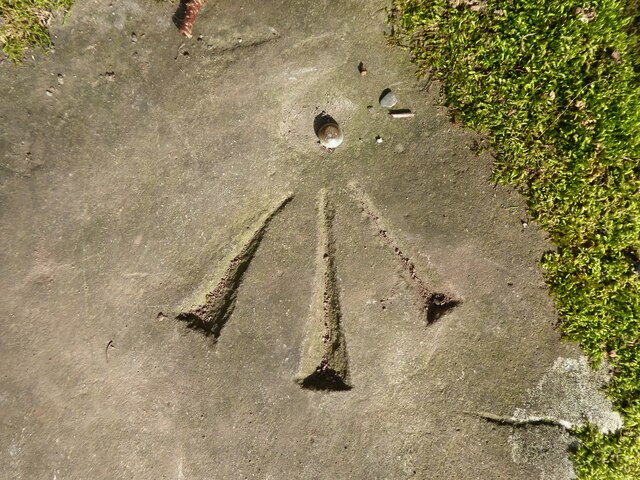
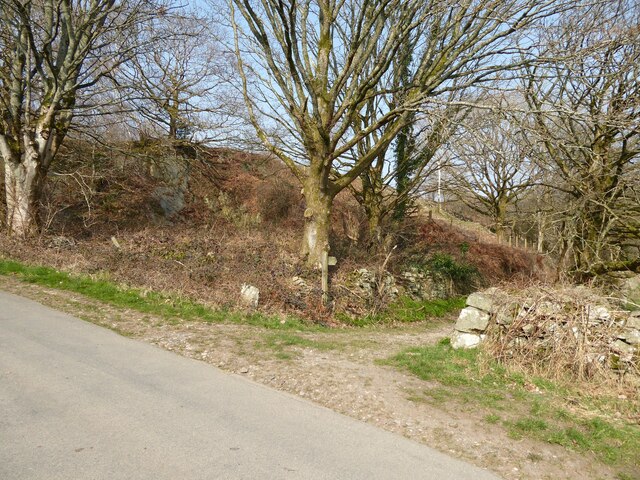
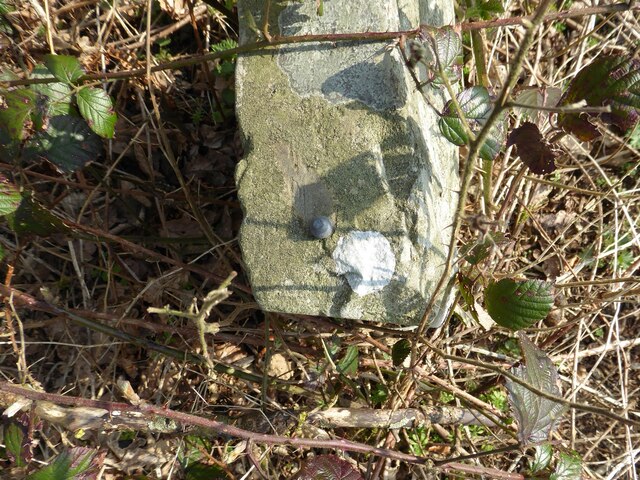
Woodland is located at Grid Ref: SD2488 (Lat: 54.290959, Lng: -3.1642698)
Administrative County: Cumbria
District: South Lakeland
Police Authority: Cumbria
What 3 Words
///poet.prove.decoding. Near Millom, Cumbria
Nearby Locations
Related Wikis
Woodland, Cumbria
Woodland is a dispersed hamlet within the civil parish of Kirkby Ireleth in the Furness region of Cumbria, England, and is located in the southern part...
St John the Evangelist's Church, Woodland
St John the Evangelist's Church is in the hamlet of Woodland, about 4 kilometres (2 mi) to the northeast of Broughton-in-Furness, Cumbria, England. It...
Rosthwaite, Broughton West
Rosthwaite is a settlement in the Broughton West civil parish of Westmorland and Furness, Cumbria England. It is part of the Lake District, 3 miles (4...
Woodland railway station
Woodland railway station served the hamlet of Woodland, in Lancashire, England (now in Cumbria). It was on the branch line to Coniston. == History == Authorised...
Nearby Amenities
Located within 500m of 54.290959,-3.1642698Have you been to Woodland?
Leave your review of Woodland below (or comments, questions and feedback).
